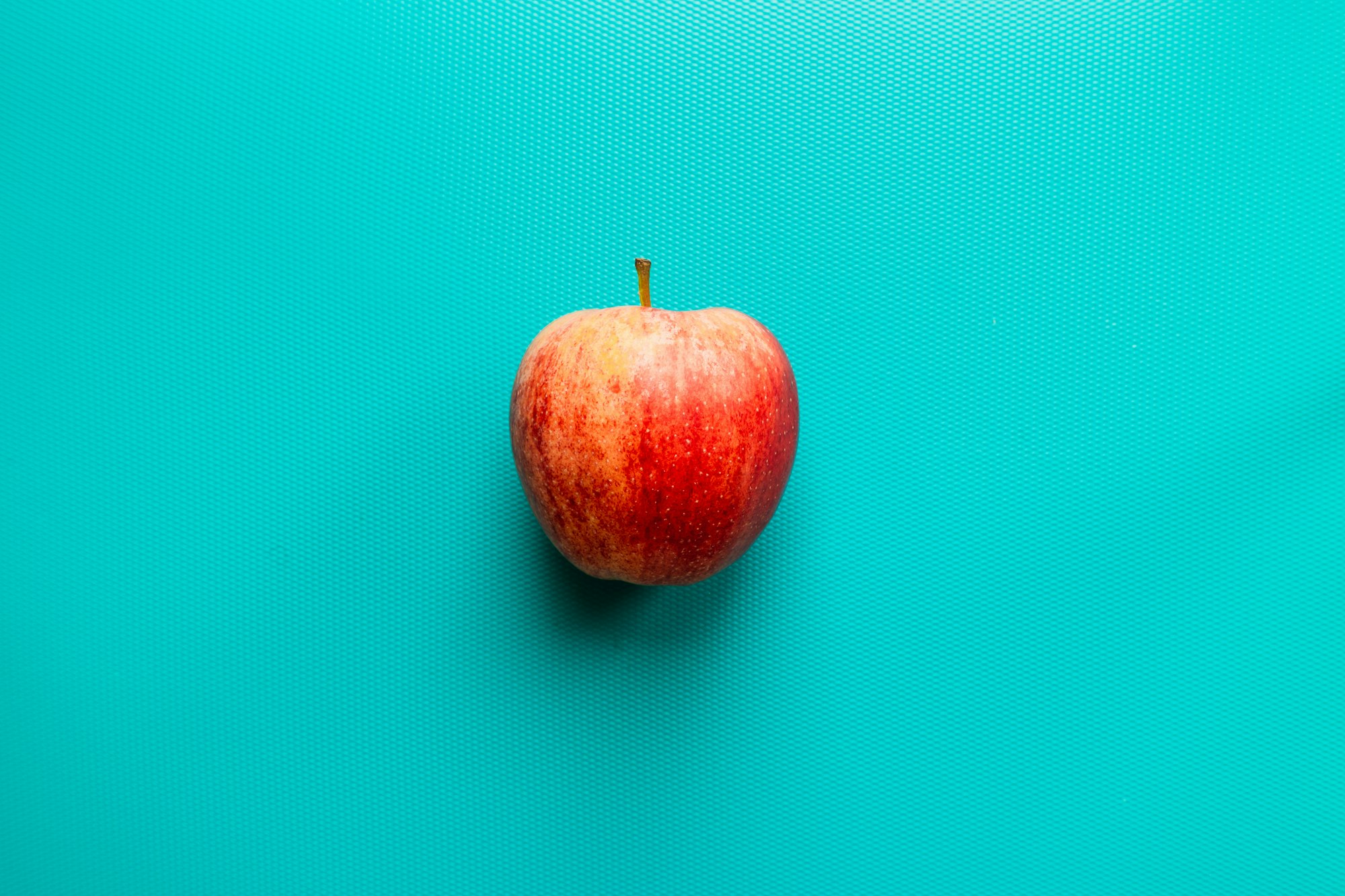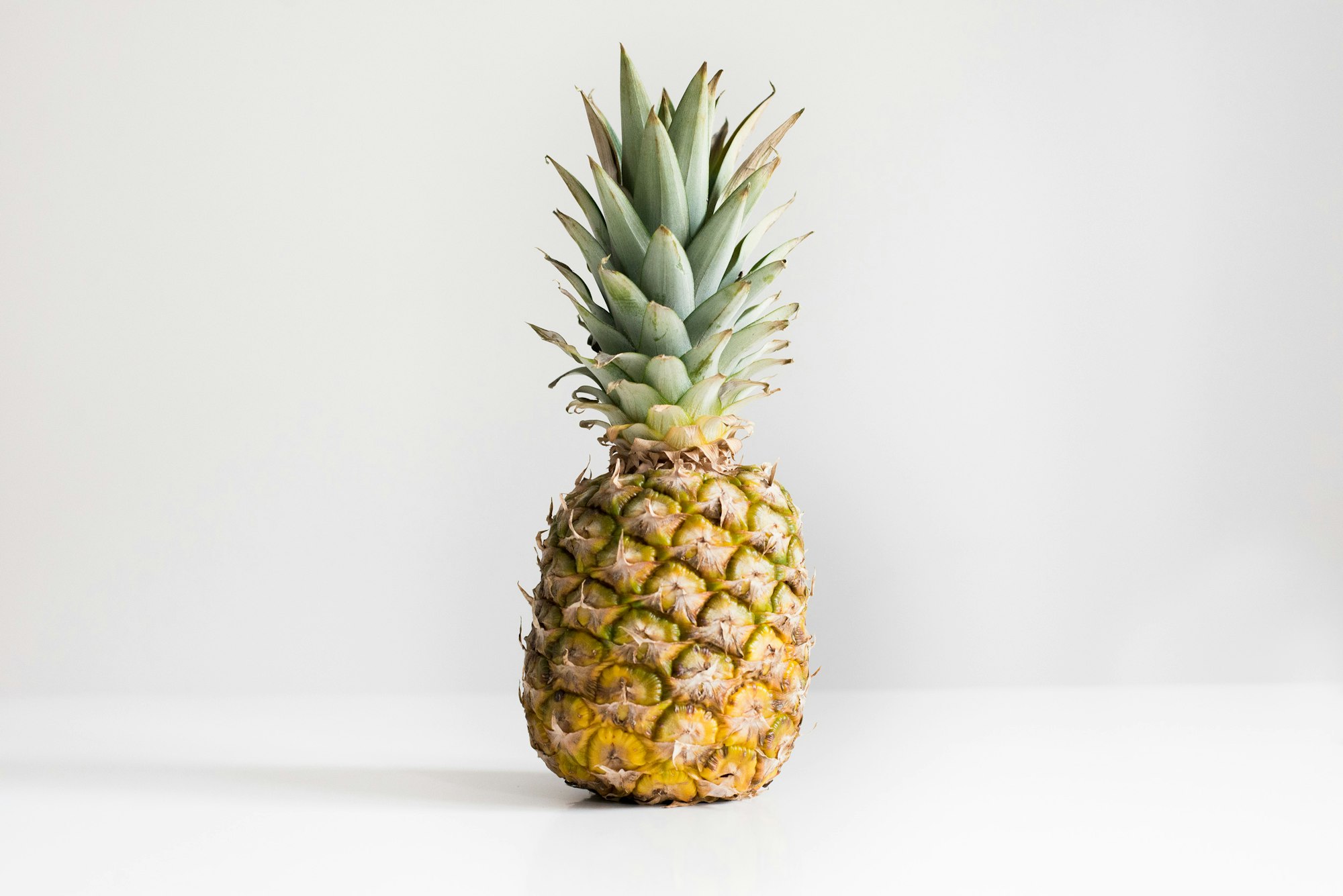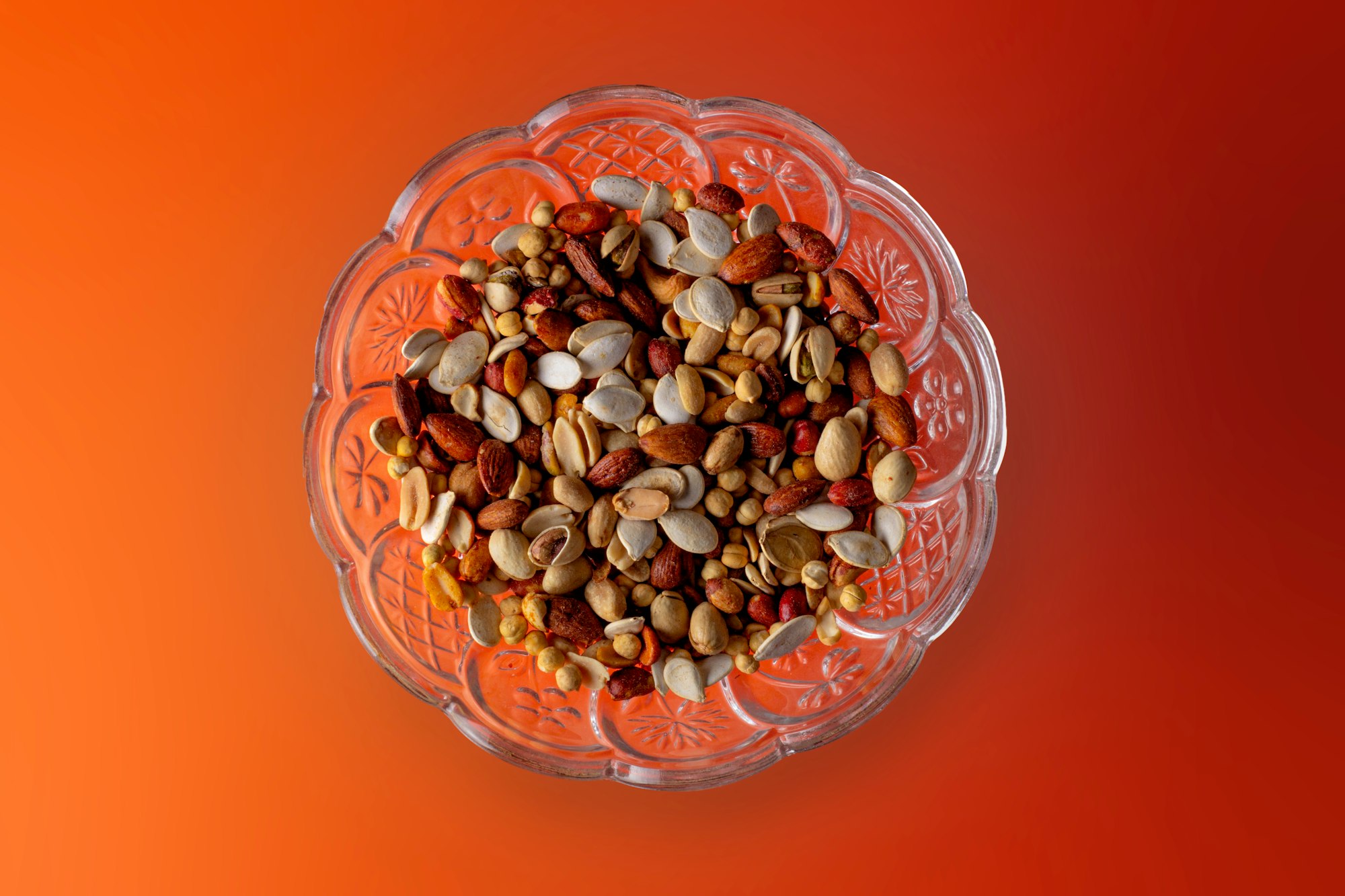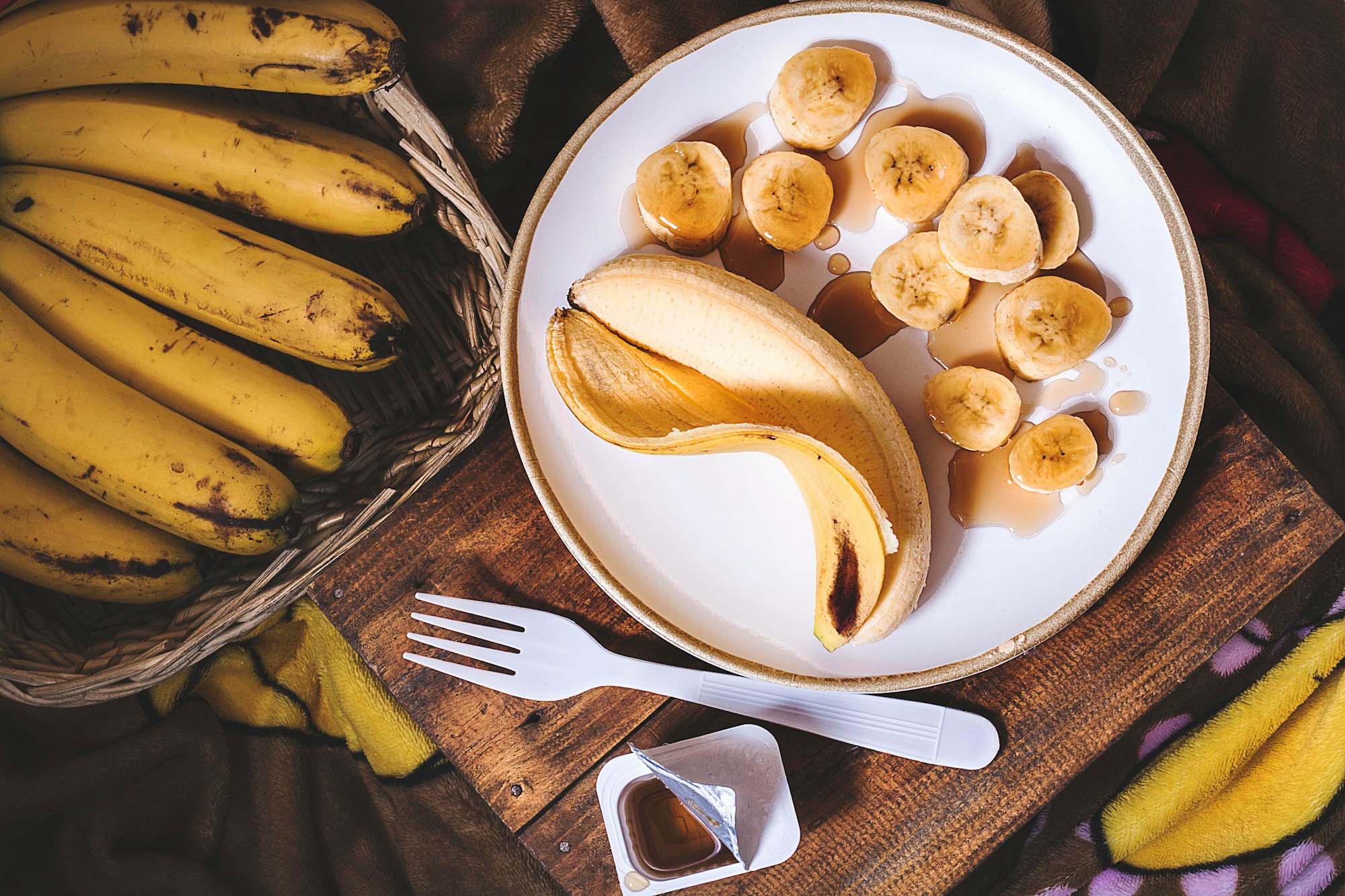Classifying Fruits And Their Cultivation - The Botanical Way

Once, I read on Google that eating some four-hundred bananas in one day could kill you, and that should be pretty understandable, I think. I think eating that much of anything, really, would kill you. In the case of bananas, however, the problem appears to be more about the potassium toxicity (called hyperkalemia) than the 'stuffing yourself with food' part - you could just get rid of that while eating the bananas, after all (though it would probably feel quite terrible to do so, I imagine!).
Similarly, eating excessive amounts of apples, cherries, peaches and other such fruits could end up with a visit to the hospital; as they say, too many apples a day brings the doctor running! This would be particularly true if you for some reason decided to eat the seeds inside the fruits, as they contain cyanide compounds that are fatally poisonous in large amounts - about forty apple cores worth of the stuff should do it. And, in fact, please be aware that even moderate amounts of cyanide in seeds can cause stomach aches and other bodily irritations - so consume them with caution. Nonetheless, fruits are still generally very safe and healthy to include in your diet, overflowing with vitamins, minerals, antioxidants and other wonderful properties. There is a catch, however. Did you know that peanuts are considered fruits, too? Though these are also very healthy too eat, they should be included as a different part of your diet, and so are typically not categorised with the common-folk fruits. The following should clear this up a bit, I hope.
A Fruity Debate
What actually are fruits, anyway? Simply put, fruits are labelled botanically as ripened ovaries that have grown around fertilised (or, in the case of artificial farming, unfertilised) plant seeds, with the outer layer known as the pericarp. Moving from the center of the fruit to its outside, the pericarp is then further separated into three sections: the endocarp, the mesocarp, and the exocarp. These can be either fleshy, like the juicy sections of an apple, or dry, like the tough shell of a peanut. Accordingly, fruits are split up into two groups - fleshy and dry fruits. These are then further placed into smaller categories, and this is where we get the confusion happening.

Most of the times, the items that we call 'fruits' are actually classified as drupes, berries, pomes and hesperidia, with members like peaches, grapes, apples and oranges belonging in them respectively. These are fairly expected thus far, but what about when I say that olives are drupes, too? Tomatoes and eggplants - which I am admittedly not a great fan of - are classified as berries, and are therefore also fruits. And, in addition to these groups, there is yet a fifth 'fleshy fruit' category known as the pepos, which is made up of squash, cucumbers, and other strange and seeminly unrelated constituents. Fortunately, there are well-established definitions for the groups, and they are further useful for getting an idea and appreciation for how such plant attributes are categorised. The fleshy fruits are defined as follows:
- Drupes are fruits that consist of a fleshy mesocarp and a hard, stony endocarp, usually containing only a single seed (e.g. plums).
- Berries are fruits that are usually several-seeded, with entirely fleshy mesocarps and endocarps (e.g. blueberries, bananas and tomatoes).
- Pomes contain a central pericarp - with a tough endocarp and fleshy mesocarp, like an apple core - that is fused with and surrounded by the floral parts of their parent pistil (e.g. apples and pears).
- Hesperidia are similar to berries and are mostly fleshy, but further have a leathery exocarp around them (e.g. oranges and lemons).
- Pepos, again, are mostly fleshy fruits, but are surrounded by a hard exocarp (e.g. watermelons, cucumbers and squash).
That makes some more sense, I would think. Now, if you are ever in doubt as to whether something is a fruit or not, just think to yourself: how hard or fleshy are the different sections of its pericarp? If you can remember the five descriptions above, you might be able to use the knowledge as some sort of bizarre party trick with your friends! Or, of course, you may just keep it as your own interesting information. What about pineapples, though? If seen as a whole, you might notice that a pineapple's seeds are located pretty much all over the fruit. Is it some sort of unique exception, then? The answer is no - though it might surprise you that, technically, pineapples are berries. If you've ever pulled apart a pineapple by its segments, you might have also realised that, in reality, they are more like a collection of berries than a single fruit. To emphasise this distinction, botanists label the pineapple as a multiple fruit, with each segment in the body being its own berry. Interesting, huh?

And Then There Were Dry Fruits
Now, then - we have spoken of the fleshy fruits, so what about their dry cousins? Amazingly, the list for these is even more expansive and diverse than the fleshy fruits', with even grains like barley making an appearance. As such, to make the post a little more readable, I'll only be covering the main edible types that we are concerned about, and will also be splitting the dry fruits into two subsets: the dry dehiscent and indehiscent fruits. These terms simply refer to how the fruits' seeds are spread once ripe, with dehiscent fruits opening and releasing their seeds and indehiscent varieties keeping them inside. In any case - first, I shall start with the dry dehiscent fruits, whose fruits are known as:
- Legumes, which are pods that contain seeds and thereby split open by both seams when ripe (e.g. pea pods and beans). Each flower of a member species grows a single legume at a time.
- Siliques, which are long, specialised pods with seeds attached to an inner septum and a pericarp that splits in two halves away from the septum from the bottom (e.g. watercress, mustard and...cabbages?? Apparently so!).
- Follicles and capsules, both of which have pericarps that open on one side, though capsules may do so by means of a lid (e.g. milkweed and peony follicles, and pimpernel and lily capsules).

Then, perhaps featuring even more perplexing members, we have the dry indehiscent fruits - such as:
- Achenes, single-seeded fruits surrounded by a thin pericarp, with the enclosed seed mostly free to move inside (e.g. buckwheat and buttercup).
- Nuts, achene-like fruits that further consist of a hard or stony pericarp (e.g. walnuts and acorns).
- Schizocarps, which at first contain multiple seeds in the same enclosure but then split into single-seeded mericarps (e.g. carrots and fennels).
- Caryopsis, which again are similar to achenes but with a seed that is fused to the pericarp (e.g. wheat, rice and other members of the grass family).
Aside from them, there are a few other sets of dry fruits that are not listed above, such as the dehiscent silicles and the indehiscent lomenta, cypsela and samara - but they mostly only vary from the main groups in their seed numbers and their ovary formation. And, just to tie all the knots, these include items like pepper grass, mimosa, sunflower seeds (which, again, are actually achene-like fruits that contain seeds inside) and wafer ash respectively.

To make such fruits as edible and marketable as possible, industries have tampered with their structures over time to increasingly steer them away from what traditional fruits originally looked like - and such is especially the case for fleshy fruits. Though I do not believe that this practice is necessarily bad, it can still cause a couple of perhaps unintended side-effects for the plants in question, and so I wish to write down a few words on that front.
Breeding Crops For Unseeded Fruits
Through the ages of civilisation, humanity has discovered a number of ways to make cultivated fruits more succulent and edible. All the way since the agricultural revolution thousands of years ago, people have been selectively breeding their crops to produce the sweetest apples, the largest grains and the yellowest plantains. Ultimately, this led to modern farmers growing seedless fruits more often than not, as such variations tend to have more consumer appeal and longer shelf lives; in fact, I don't think I've even seen a seeded banana in years. How can this occur, exactly? Furthermore, if they cannot produce seeds, how are such fruits even disseminated?
When fruits develop without fertilised seeds, the process is known as parthenocarpy, and it occurs naturally in flowers and trees that have not been pollinated or that have been fertilised with pollen that contains identical/incompatible genes, - thereby producing faulty embryos that simply do not grow into seeds. This is also another reason for why so many farmers grow monocultured fields (which I wrote about here), even though it harms their ecosystem - it results in crops interbreeding and severely limits seed formation. Another cause of parthenocarpy is the random appearance of mutations during the process of fertilisation, which can prevent seeds from growing and might be likened to the possible occurrence of genetic disorders in human foetuses (not a pretty picture, but strangely true).
Many induced parthenocarpic crops are trees. As such, to propagate them, farmers usually graft them - which involves cutting off a tree branch and tying it to the top of a rooted tree stump. Since the species remains the same, the stump and branch eventually fuse, causing the branch to start growing upwards and producing a new tree. Other farmers might also alternate between seeded fruits for propagation and unseeded fruits to be sold - as is the case with many watermelon farms.
I expect genetic modification of fruits will continue to happen for a while now, and I think it forms a pretty interesting moral topic of debate. Either way, I admit I prefer my berries unseeded - particularly with bananas!

References
- CDC (1994). Cyanides (as CN). CDC. Retrieved from https://www.cdc.gov/niosh/idlh/cyanides.html
- The Editors of Encyclopedia Britannica (2021). fruit. Encyclopedia Britannica. Retrieved from https://www.britannica.com/science/fruit-plant-reproductive-body
- Burr, B. & Burr, F. (2000). How do seedless fruits arise and how are they propagated? Scientific American. Retrieved from https://www.scientificamerican.com/article/how-do-seedless-fruits-ar/
